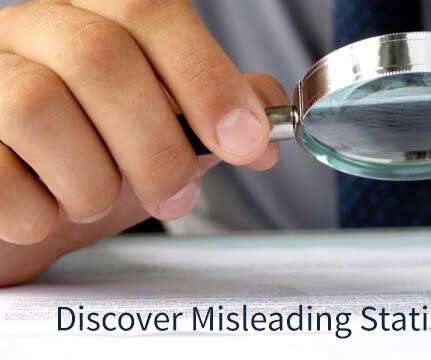Generative AI that’s tailored for your business needs with watsonx.ai
IBM Big Data Hub
SEPTEMBER 28, 2023
Building transparency into IBM-developed AI models To date, many available AI models lack information about data provenance, testing and safety or performance parameters. For many businesses and organizations, this can introduce uncertainties that slow adoption of generative AI, particularly in highly regulated industries.














Let's personalize your content